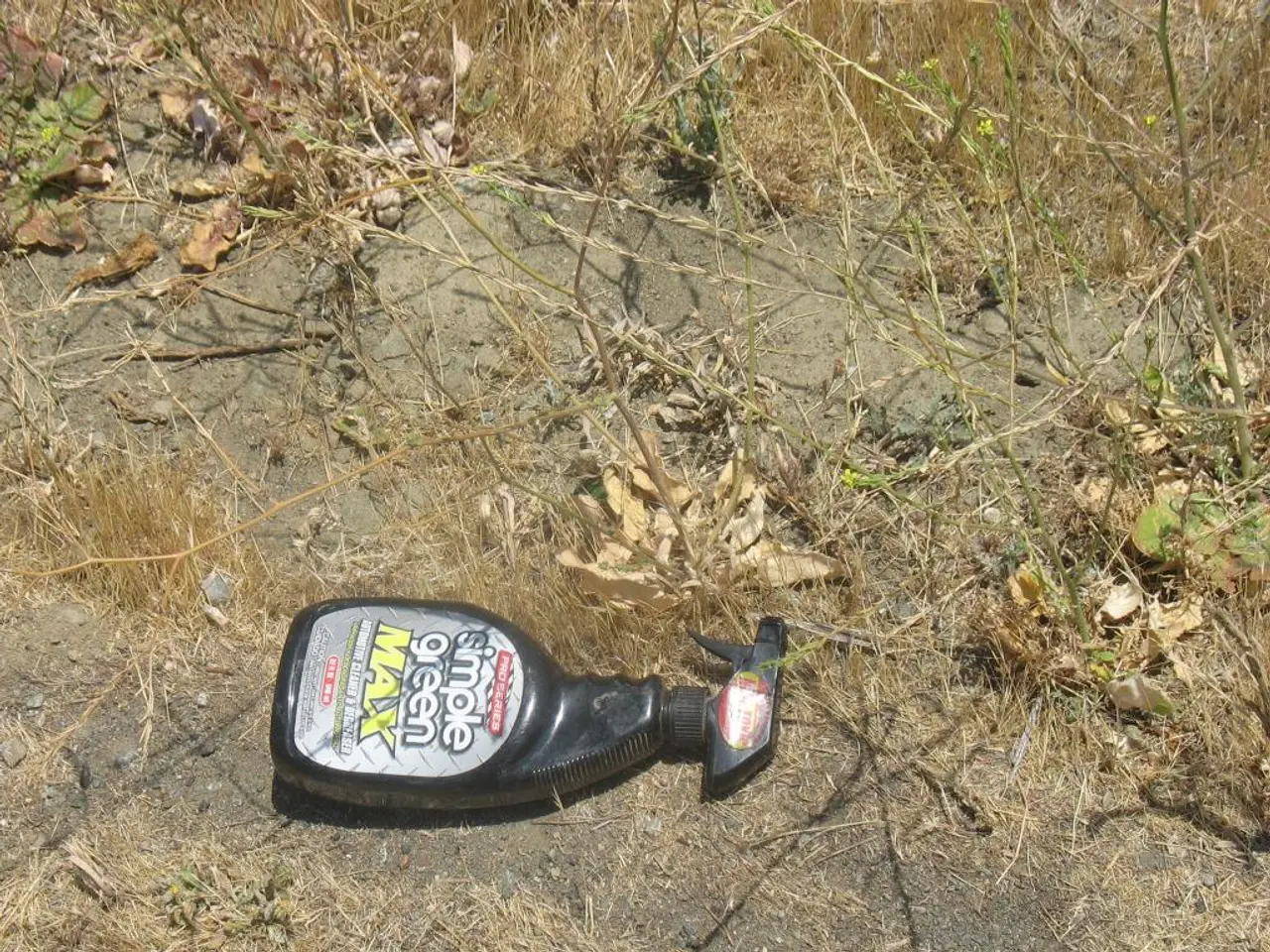Understanding When Plant Fertilizer Stops Working: Exploring Its Lifespan and Performance
In the world of gardening, maintaining the quality of fertilizers is crucial for a bountiful harvest. Here's a guide to help you store your fertilizers effectively, ensuring they remain potent and beneficial for your plants.
Safety first, it's essential to keep any fertilizers, particularly synthetic types that may include weed killers or other potentially hazardous chemicals, out of reach of children and pets. When applying them, using a protective mask can mitigate inhalation risks.
Proper storage conditions play a significant role in maintaining the stability of fertilizers. Moisture, temperature, and sunlight exposure can impact their efficacy. For instance, dry organic fertilizers, such as compost and manure, generally have a longer shelf life than synthetic fertilizers due to their lower moisture content. In contrast, most concentrated liquid synthetic fertilizers remain stable unopened for about 1–2 years but degrade quickly once diluted with water.
Different types of fertilizers may have unique storage requirements to maintain their efficacy. For example, biofertilizers, which are organic-based with microbes, have a shorter shelf life when stored at high temperatures. To prolong their microbial viability, it's best to keep them cool.
To extend the useful life of your fertilizers, here are some best practices:
- Keep fertilizers in a cool, dry place to prevent moisture-induced degradation and microbial growth, especially critical for organic and biofertilizers.
- Store dry fertilizers in airtight containers to avoid exposure to humidity and pests, which can reduce their shelf life and effectiveness.
- Avoid diluting liquid synthetic fertilizers until immediately before use, as diluted solutions become unstable quickly.
- Control storage temperature, particularly for biofertilizers containing living microbes, to prolong microbial viability; refrigeration or cool storage is beneficial.
- Separate storage of organic fertilizers from chemicals to minimize contamination and preserve the natural microbial environment.
- Follow the manufacturer’s guidelines and labels closely for specific storage and usage recommendations, as improper timing or handling can reduce nutrient availability and lead to plant damage.
Granular fertilizers should be stored in a cool, dry place to prevent clumps and maintain texture. To minimize light and air exposure, store fertilizers in dark, sealed containers away from windows or places with significant temperature swings. It's also important to check for any signs of rodents that might compromise the integrity of the packaging.
In summary, dry organic fertilizers generally offer longer shelf life than synthetic liquid fertilizers, and careful storage—cool, dry, airtight, and temperature-controlled—is key to maintaining fertilizer quality across both types. Biofertilizers require more specific conditions due to their live microbial content. Implementing these practices reduces nutrient loss, prevents contamination, and enhances the effectiveness of fertilizers when applied.
Remember, while fertilizers do not "expire" in the traditional sense, their potency can diminish over time. By following these storage tips, you can ensure your fertilizers remain effective, promoting a healthy and thriving garden.
[References] 1. [Source 1] 2. [Source 2] 3. [Source 3] 4. [Source 4] 5. [Source 5]



